Aydarkul Lake
AydarKUL & Arnasay Lakes
Aydar-Arnasai is a system of lakes in Uzbekistan, that includes the lakes Aydarkul, Tuzkan, and East Arnasay. The lakes are mostly together forming one lake system but during the drier periods they might become separate lakes. This also means that the lakes do not have permanent coastal lines like reservoirs usually, but due to the small depths of the lakes and the flatness of the area, their shorelines may change a lot from season to season.
The Aydar Arnasay lake system is located in a saline depression in the extreme east of the Kyzylkum Desert, southwest of the Chardara reservoir in Kazakhstan. This largest reservoir of Uzbekistan, consisting of freshwater lakes, is located in the central part of the Syrdarya river and on the irrigated massif of Golodnaya steppe (The hungry steppe) and Kyzylkum desert and the total area of the lakes is about 4000 km². Aydarkul is well placed regarding the Afro-Eurasian and Central Asian bird flyways and is a center for migrating and wintering waterbirds with more than 100 species noted.
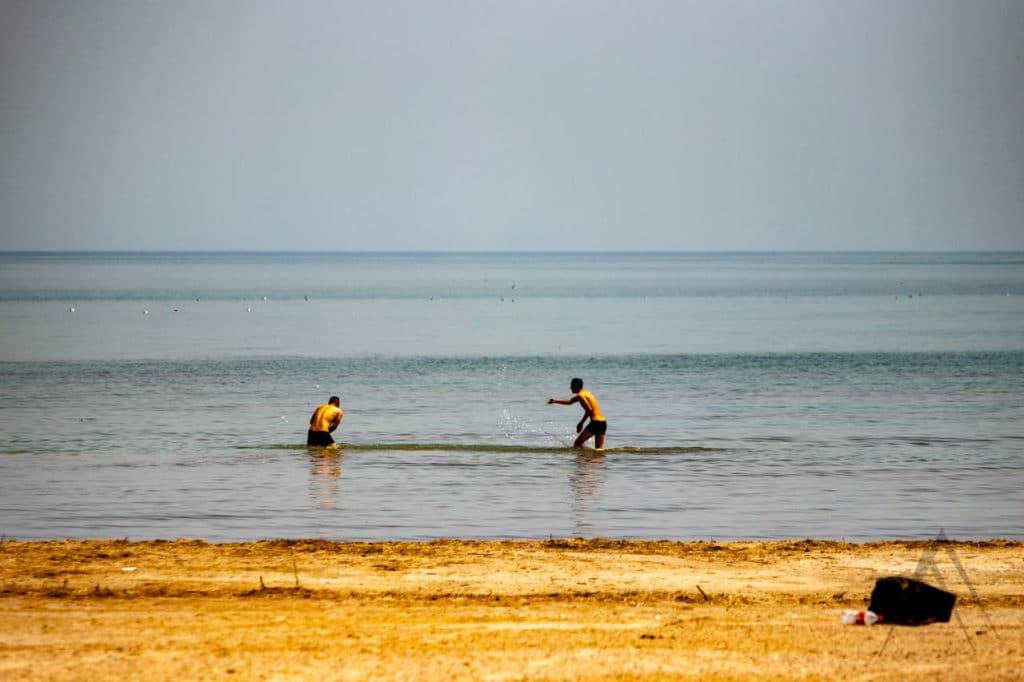
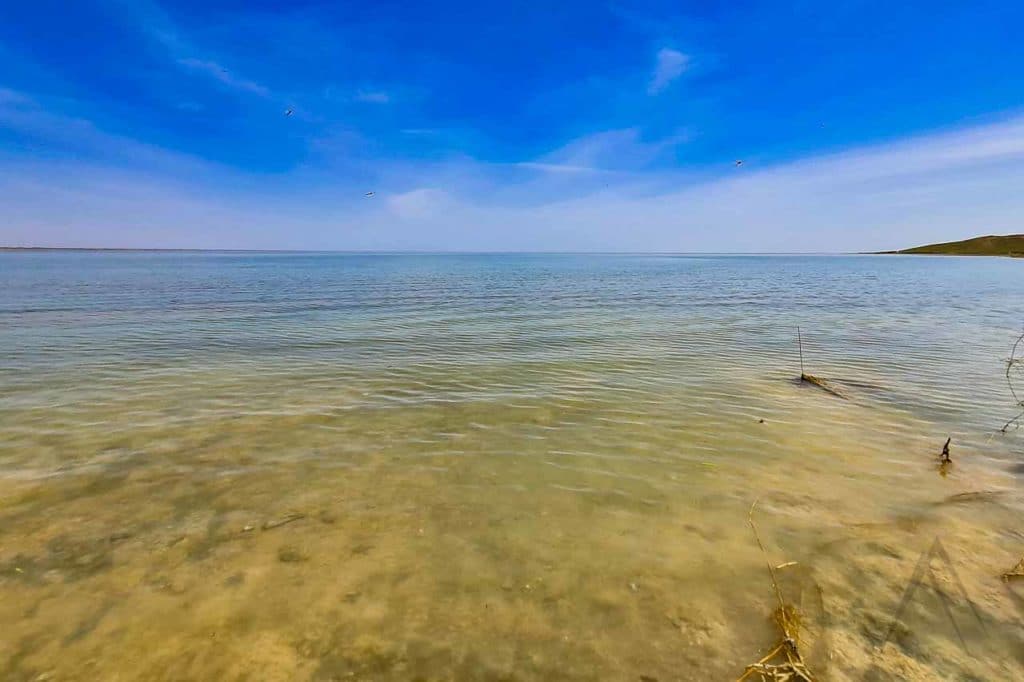
Aydarkul Lake
Aydarkul Lake translates as “turquoise sea in the sands”. It is located about 50 km northeast of Nurata town, north from the Nuratau black mountains and is also within a day trip distance from Tashkent. The length of the Aydarkul exceeds 250 km, and its width is 15 km and it lies at an altitude of 247 m above sea level.
Aydarkul was born only fairly recently in the flood of 1969 when the Syr Darya River burst out of its banks and through Shardara reservoir. Its 1864 square km area is a haven for countless species of fish, birds and plants. Mostly Uzbek visitors flock to the banks of the Aydarkul for a myriad of activities and spend pleasant days in the natural surroundings. The lake has excellent beaches made by basically desert sands and the brushwood sites and the “forests” of reed by the shores of the lake are exceptionally striking
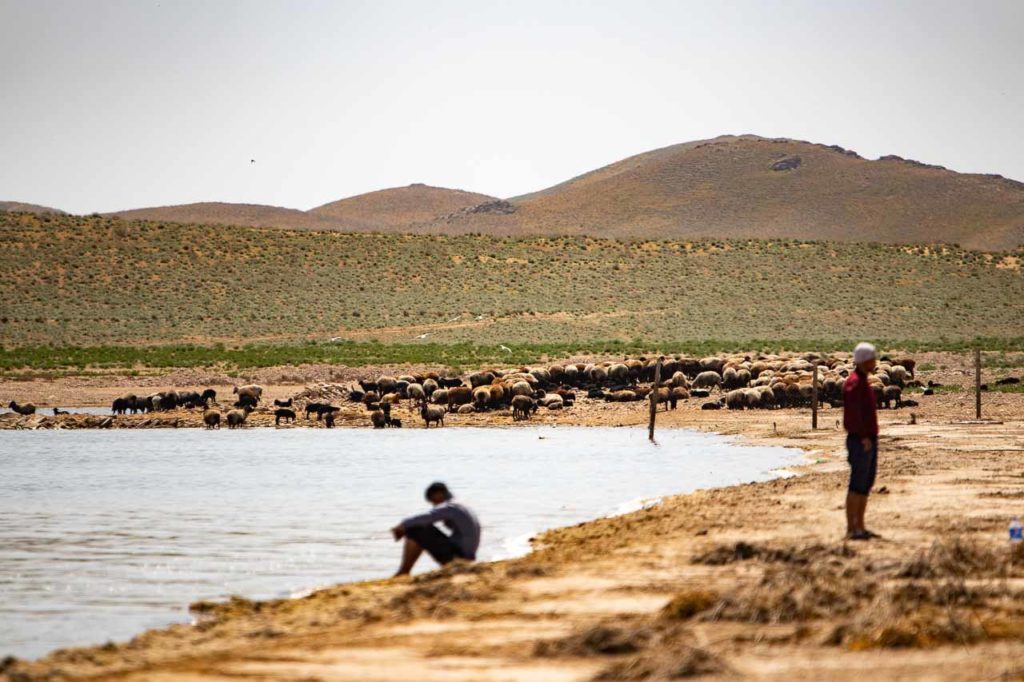
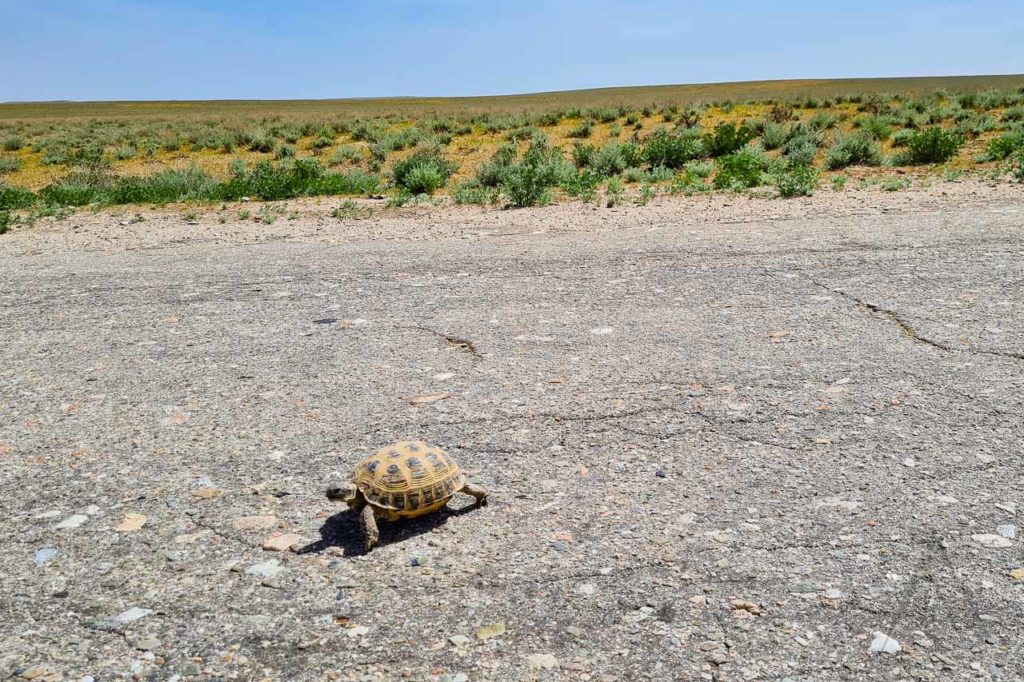
Tuzkan Lake
Tuzkan lake is the second-largest lake in the system after Aydarkul with a surface area of 705 km². In contrast to other reservoirs of Arnasay.
Lake Tuzkan has an ancient natural origin, although it has been transformed significantly in the course of human activity. Like other lakes in the system, Tuzkan does not have permanent outlines.
Surroundings of Aidarkul
The area of Aidarkul is sparsely populated but the tourism is still rather well developed here due to the local demand as well. There are dozens of yurt camps and staying in them it is the perfect opportunity for the lovers of wildlife and solitude.
The southern coastline of Aydar Kul is covered with a giant field of reeds and the end of March, the mosquito begins to fly out but these mosquitoes are harmless to humans and don’t bite but can feel unpleasant when they land in your skin. There are also a lot of turtles walking around during the late spring time and one can often see them crossing the roads.
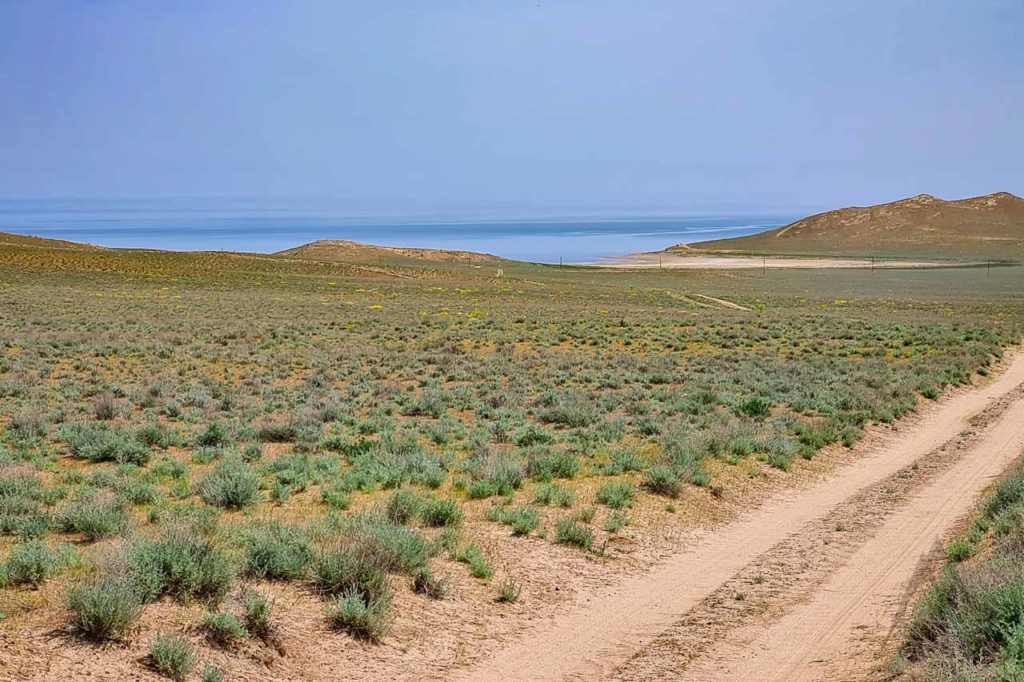
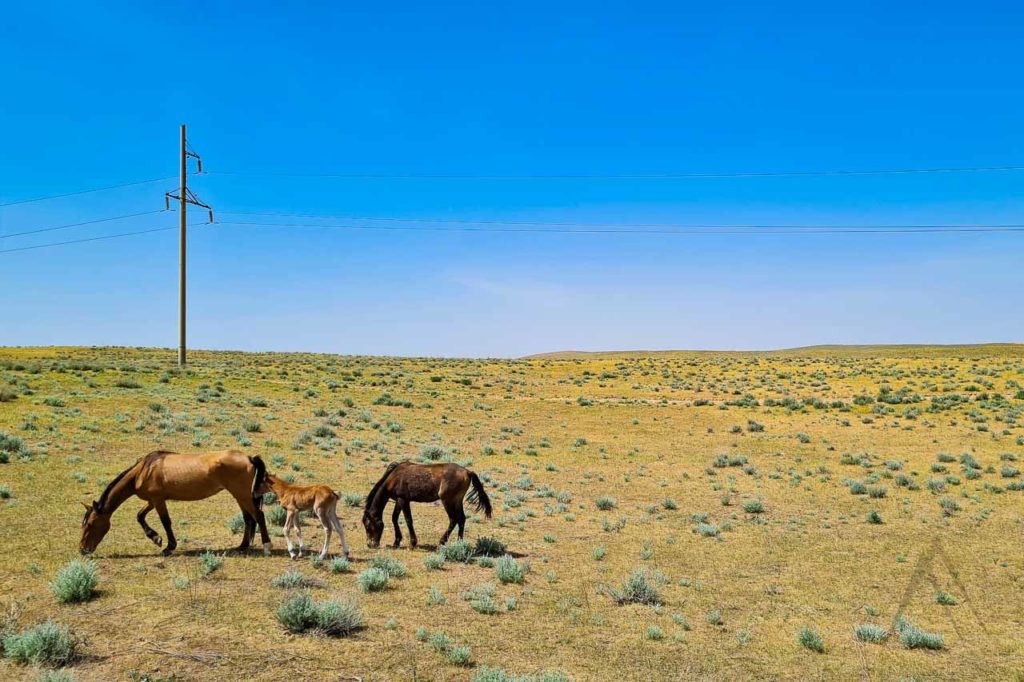
Other destinations & sights near Aydar-Arnasay
Page updated 4.1.2022